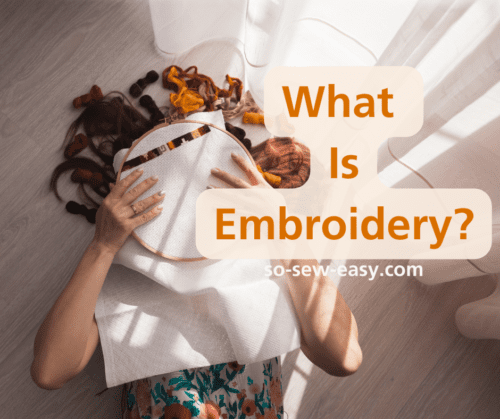
The young woman sat by the fireplace, the flickering light casting a warm glow on her work. In her lap lay a piece of fabric stretched taut in an embroidery hoop, and her hands moved nimbly, weaving delicate threads in and out of the cloth. The rhythmic motion was soothing, and she found herself lost in thought. As she worked, memories flooded her mind. She remembered watching her mother and grandmother sitting by the same fireplace, embroidering in the quiet of the night. They would tell her stories of their ancestors, passing down the art of needlework from generation to generation. She had always been fascinated by the intricate patterns and the magic they created with simple threads.
The young woman felt a sense of pride as she continued to stitch, knowing that she was carrying on a tradition that had been a part of her family for centuries. She felt a connection to her ancestors and the women who had come before her, and it brought her comfort and solace. As the fire crackled and popped, the rest of her family slept soundly, unaware of the quiet activity happening by the hearth. The only sound was the gentle tapping of the needle and thread, and the young woman's soft breaths as she worked tirelessly through the night.
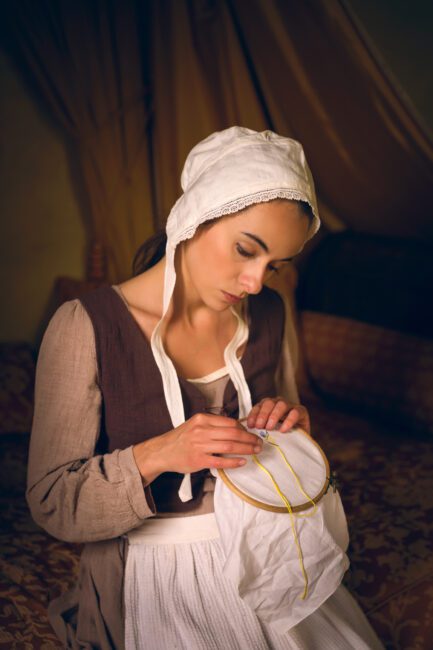

Finally, as the first light of dawn began to filter through the window, the young woman set down her embroidery hoop and stretched her fingers, feeling a sense of satisfaction at the progress she had made. She gazed at her work, admiring the intricate patterns and the beauty that emerged from her efforts. She knew that there was still much work to be done, but for now, she was content to rest and dream of the next time she could sit by the fire and continue the work of her ancestors.
What Is Embroidery?
Embroidery is one of the most beautiful and intricate forms of art that exists in the world today. With its roots dating back to ancient times, embroidery has played an important role in history, fashion, and textile industries. It is not just an art form but a way of storytelling, preserving culture and tradition, and expressing creativity. Embroidery is the art of decorating fabric or other materials using a needle and thread. It involves stitching patterns, designs, and pictures on fabric by hand or using a machine.
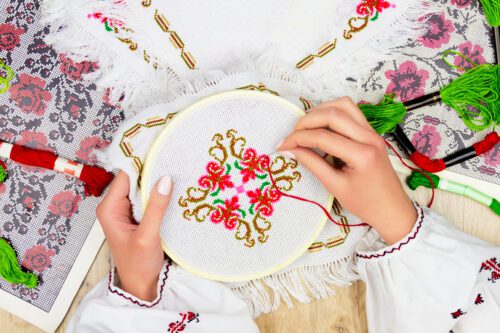

There are many types of embroidery techniques, such as cross-stitch, crewel, blackwork, goldwork, and many more. Each technique has its unique style, materials, and methods of stitching. For example the cross-stitch, which is one of the most popular and easily recognizable forms of embroidery.
To create a cross stitch pattern, a design is first charted onto graph paper or software, and then transferred onto the fabric using a series of small dots or lines. The pattern is typically made up of squares or blocks, with each square representing a single stitch.
To make the stitch, a needle is inserted into the fabric from the bottom left corner of a square and brought up through the top right corner, forming a diagonal stitch. The needle is then reinserted into the fabric from the bottom right corner of the square and brought up through the top left corner, creating another diagonal stitch that crosses the first stitch to form an X-shape.
Cross stitch embroidery can be done on a wide range of fabrics, including linen, cotton, and even knit materials. Different types of threads and fibers can also be used, including cotton floss, silk thread, and metallic thread. The finished result is a beautiful, intricate design that can be used to adorn a variety of items, including clothing, accessories, and home decor.
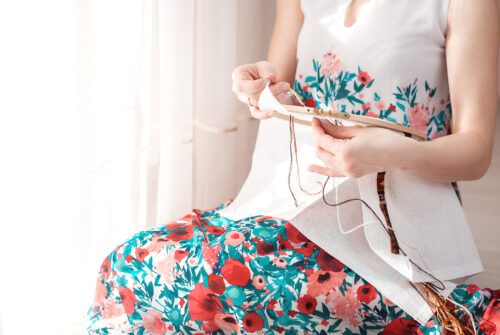

The materials used in embroidery depend on the technique being used. Embroidery threads are the most common materials used. They come in a variety of colors, textures, and thicknesses, making it easy to create intricate designs. Fabric is also an important material as it provides the base for the embroidery design. Popular fabrics used for embroidery include cotton, silk, wool, and linen. Other materials that can be used include beads, sequins, ribbons, and lace.
How Does Embroidery Work?
Embroidery works by using a needle and thread to create stitches on the fabric. The process involves transferring a design onto the fabric, securing the fabric onto an embroidery hoop or frame, and then stitching the design onto the fabric. The needle is used to pull the thread through the fabric to create different types of stitches, such as satin, backstitch, and French knots.
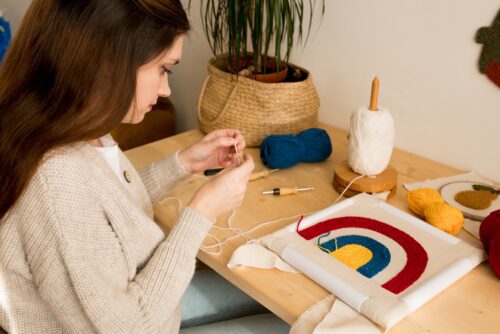

To get started with embroidery, you will need some basic tools and equipment. These include embroidery needles, embroidery threads, embroidery hoop or frame, embroidery scissors, and a design to stitch. Once you have your tools, you can follow a step-by-step guide to embroider your design onto the fabric. There are many resources available online and in books for embroidery patterns and tutorials to help you get started.
What Are Embroidery Designs?
Embroidery designs are an essential part of the embroidery process. They can be pre-made or created from scratch. Pre-made designs can be downloaded from the internet or bought from a store. On the other hand, creating your own design requires some creativity and imagination. You can draw inspiration from different sources, such as nature, art, or culture, and use your embroidery skills to create a unique design. When choosing a design, it is important to consider the size of the fabric, the type of fabric, and the level of difficulty.
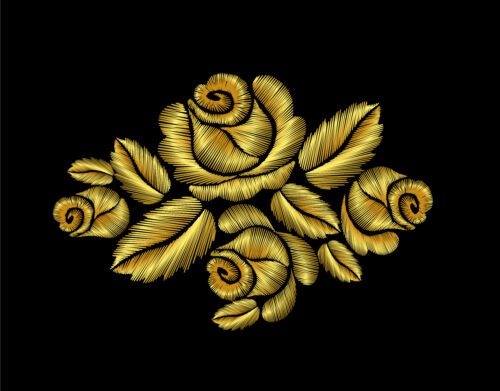

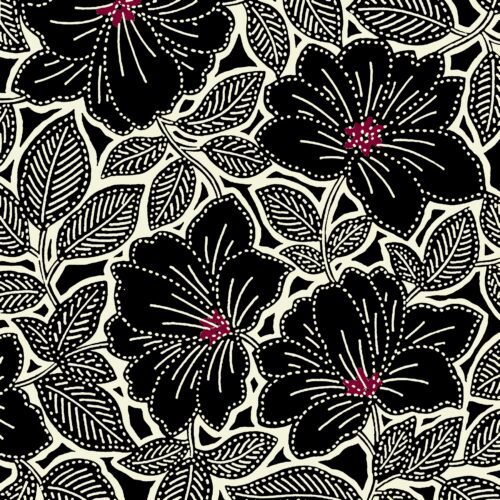

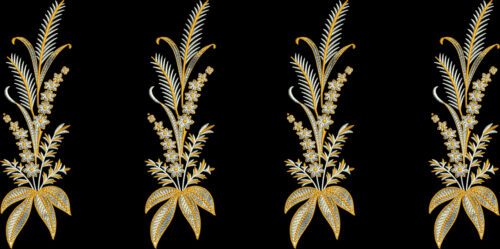

A Short Summary: The History Of Embroidery
The full history of embroidery is well worth its own full article, but for the sake of completeness we'll summarize some of the most important points here. Embroidery has played a significant role in European fashion for centuries. It has been used to create intricate designs, add texture and dimension to fabrics, and showcase wealth and status. Embroidery techniques have evolved over time, from simple hand-stitched designs to complex machine-made patterns.
During the Middle Ages, embroidery was predominantly used to decorate religious garments and textiles. It was an essential part of the church and royal court's fashion, showcasing wealth and power. Embroidery techniques included chain stitch, couching, and goldwork. These techniques were often used to create large and intricate designs on robes, altar cloths, and tapestries.
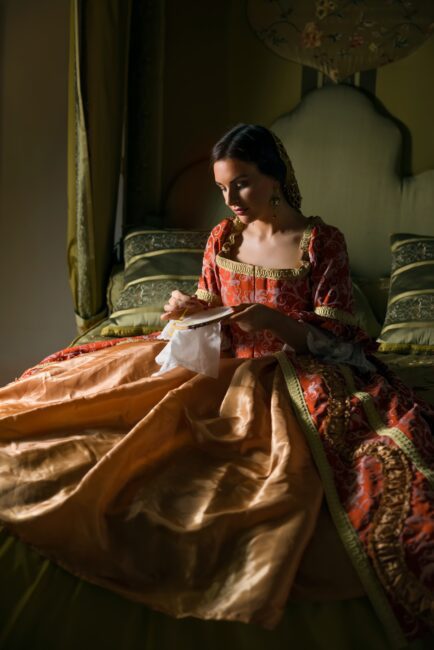

In the Renaissance era, embroidery continued to be an important aspect of fashion. It was used to embellish clothing, such as cuffs, collars, and bodices, with floral and animal motifs. The embroidery techniques included blackwork, whitework, and stumpwork. The introduction of new fabrics, such as silk and velvet, enabled embroidery to become more intricate and detailed.
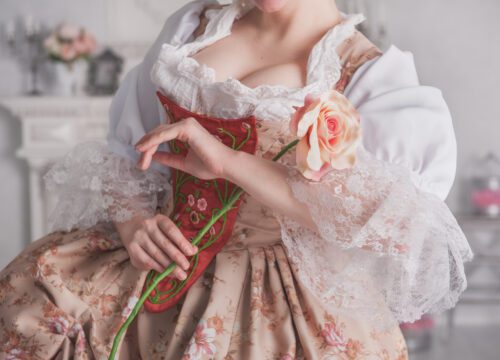

During the Baroque era, embroidery became more ornate and elaborate. Designs were created using gold and silver threads, and pearls and sequins were used to add sparkle and shine. Embroidery was used to create luxurious garments, such as court dresses, waistcoats, and breeches. The embroidery techniques included tambour work, needlepoint lace, and raised work.
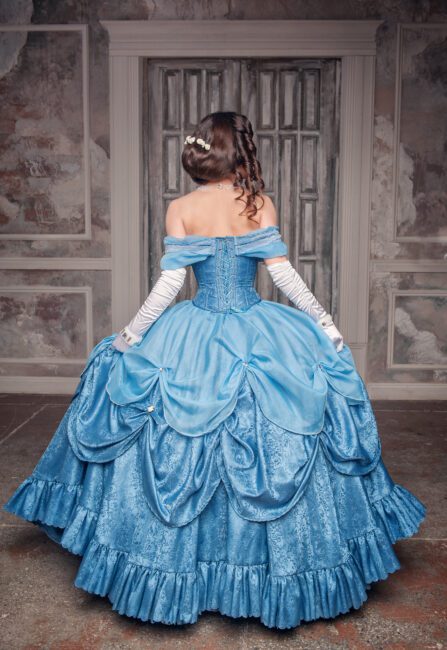

In the 19th century, the Industrial Revolution brought significant changes to the fashion industry. Embroidery was no longer exclusively a handcrafted art form but was now also machine-made. The introduction of new technologies, such as the sewing machine and the embroidery machine, made it possible to produce intricate designs quickly and efficiently. Machine embroidery techniques included chain stitching, satin stitching, and cutwork.
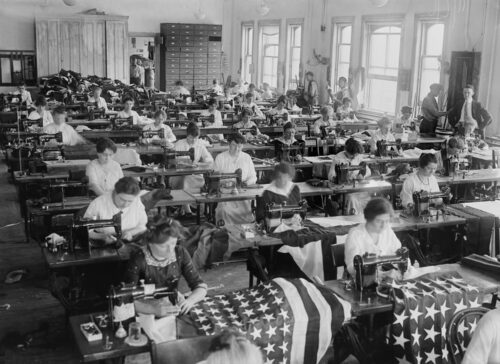

Today, embroidery continues to be an important aspect of fashion. It is used to create unique designs on clothing, shoes, and accessories, and is often seen on haute couture runways. Embroidery techniques have evolved with the introduction of new materials, such as metallic threads and sequins, and new technologies, such as computerized embroidery machines.







